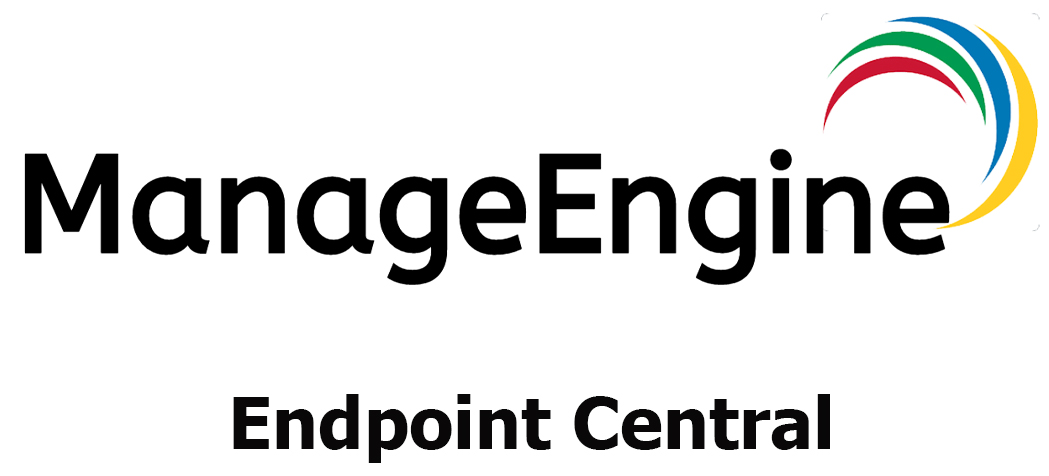ManageEngine endpoint central license Overview
The ManageEngine endpoint central license is delivered as an XML file immediately after purchase, simplifying activation and entitlement management. The XML contains the product name, the annual subscription term, the selected edition, feature flags for included modules, and the licensed quantities (endpoints, servers, and user/technician seats). Activation is straightforward: upload or import the XML inside the administration console, and the platform instantly unlocks the purchased capabilities without downtime or complex reconfiguration.

For organizations evaluating ManageEngine endpoint central, the licensing framework emphasizes clarity and support. Each subscription is typically offered as an annual subscription, with options to extend into multi-year contracts for long-term stability and cost efficiency. Along with the subscription, customers receive comprehensive technical support that covers troubleshooting, updates, and assistance with product upgrades. Support tiers generally include access to documentation, email support, and direct vendor assistance for critical issues. This ensures that once the XML license is applied, organizations not only unlock features but also benefit from guaranteed vendor backing throughout the subscription period. Renewals are designed to be seamless, with reminders prior to expiry and continued access to updates and fixes. The model provides predictability for IT teams in terms of cost, capability, and ongoing assistance, making the subscription both a licensing and support investment rather than a simple entitlement key.

ManageEngine endpoint central features
In production, ManageEngine endpoint central streamlines patch orchestration for operating systems and third-party apps with maintenance windows, staged rollouts, rollback safeguards, and compliance baselines to meet internal and external audit requirements. Software deployment supports reusable packages, pre/post-execution scripts, detection logic, and rollback, so admins can standardize rollouts and recover gracefully from failures. Unified endpoint management extends to Windows, macOS, Linux, iOS, and Android with enrollment options, configuration profiles, app distribution, compliance rules, and remote lock/wipe for lost devices.

For unified device lifecycle work, ManageEngine endpoint central supports OS imaging, PXE-based provisioning, and driver management, helping teams deliver consistent builds at scale. Remote control and troubleshooting include session auditing, file transfer, in-session chat, and user consent workflows for security and privacy. Asset inventory correlates hardware and software data with software metering to highlight unused applications and reduce spend. Reporting and dashboards expose patch posture, risk trends, SLA performance, and change/audit views for leadership. Security and audit teams benefit because ManageEngine endpoint central centralizes policy enforcement and evidence, enabling faster remediation, improved operational efficiency, stronger security hardening, better audit readiness, and lower TCO through consolidation of point tools and automated workflows.
Pricing & Purchase Guide
To buy, start by confirming edition, modules, pack sizes for endpoints/servers, user/technician seats, desired term length, and support tier; then request a quote from an approved partner or purchase via the vendor store. A clean purchasing path is to pilot with a trial, right-size counts based on inventory, and add a growth buffer to avoid overages.
Pricing drivers include edition scope (e.g., core UEM vs. advanced add-ons), pack size, the number of servers and endpoints under management, add-on modules, support level, and term (annual vs. multi-year). Multi-year terms often simplify renewals and may qualify for discounts; bundle promotions and volume tiers are also common. If you buy through the online store, endpoint central packs are selected by capacity ranges; confirm that the quantities in your XML match what procurement has approved, and ensure your renewal cadence aligns with fiscal planning to avoid gaps.

Variables that influence endpoint central price include edition upgrades, additional capacity, extended maintenance/support, and compliance requirements that mandate certain modules. After purchase, fulfillment is immediate: you receive the XML by email or portal download, upload it in the admin console, verify that modules and counts match the order, and capture a screenshot or report for audit.
From a total-cost perspective, ManageEngine endpoint central can reduce parallel tool spend by consolidating patching, software deployment, imaging, UEM/MDM, remote support, asset inventory, and reporting. During quoting and renewal cycles, ask partners to model growth scenarios, reflect seasonal device swings, and show savings from consolidating legacy tools, this ensures the final ManageEngine endpoint central package fits both current and projected demand.

